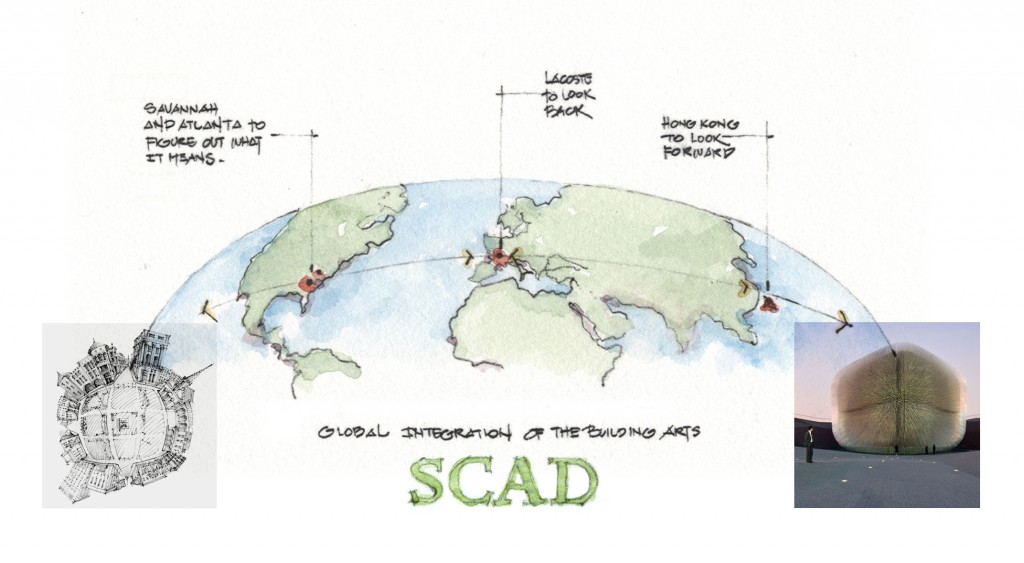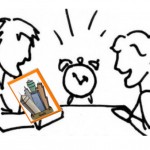by Christian Sottile, AIA, NCARB
This is the century of the city. Globally, across numerous cultures and contexts, people are rediscovering and reshaping the city — the greatest of all human inventions. New, unconventional ideas are expanding our perception of the possibilities. I am ever more convinced that the next global future lies in the space of the city. The city is the place where each artist and each discipline come together. It is the greatest expression of our very humanity. And at its best, it is art.
As designers, when we work in this context, we are at our best. Our ideas are at their most visible, most provocative and most impactful. This seems to be true at all the scales of design encompassed in the SCAD School of Building Arts, from interior design, furniture design, architecture, historic preservation, architectural history and urban design.
So how will we build? SCAD students are unique among emerging professionals in this era. They have a comprehensive grasp of the most advanced digital tools and an intuitive and fluid capability to use the hand and the eye, the pencil and paintbrush, and the tools of the building trades. They are uniquely capable in deploying these seemingly disparate skills in the development of a synthesized and unified whole.
The blending of art and design along with technology and innovation allows us to forge the next generation of cities. We must reject the soulless, placeless urbanism that characterized city centers that were created or recreated in the 20th century and instead imagine places that come alive with a synthesis of art, humanism and delight.
We need our architects and urbanists to create buildings that nurture humanity, we need more complete interior environments and outdoor spaces as new understandings of behaviors emerge, we need the expertise of furniture designers in this new compact city as we reimagine every single element, we need preservationists as we move ahead with the fabric of our past and we need our historians to frame the progress of these disciplines and to avail us of the full discourse of ideas.
At SCAD these ideals have been reinforced recently by projects that we’ve engaged in, from super-collaborations such as SCADpad to projects like LiveSavannah and the National Trust’s Preservation Green Lab. New technologies and new art forms overlaying the physical proximity and humanistic geography of traditional cities are evolving and illuminating new possibilities.
In this urban century, I encourage our next generation of designers to guide, develop and shine their own bright lights to lead the way forward.
As each city is defined by its citizens, so our school is defined by our individual talents. The city is the place of discourse and debate, delight and diversion, discovery and dreams. There is ample room in the city’s unlimited space of ideas. As we engage in this discourse at SCAD, our shared language is art, and we are the building artists.
Indeed, the SCAD School of Building Arts is both a school of building and a school of art.
Christian Sottile, AIA, NCARB, is Dean of the School of Building Arts at SCAD.

